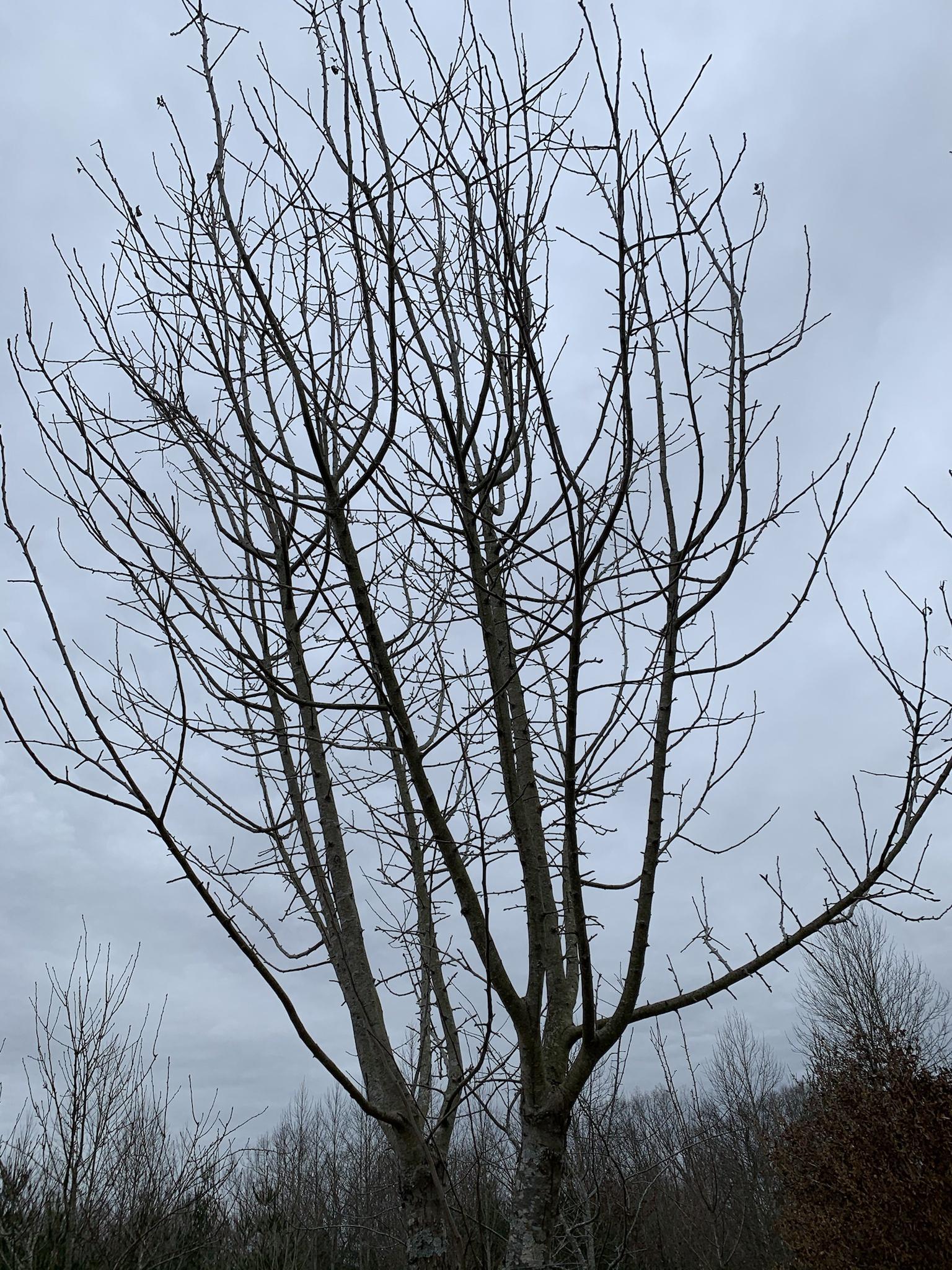j-bird
Moderator
So I am sure it has been discussed before, but I am going to ask any way. What advice and information do you all have regarding top working a fruit tree....crab apple/apple in particular?
I have an ornamental crab the produces fine, but produces the real small fruit that only the birds seem to eat (pea size). Its a good mature tree big around as a 2-liter bottle. I want to turn this tree into a tree with all sorts of different apples and crab apple varieties on it. I have scion options of other apples/crab apples that I already have.
My big question is....do I simply lop off the entire top, leaving nothing but a trunk and then graft there? Or am I better off cutting back to decent sized limbs and grafting there? My thinking is to cut back to significant limbs and graft there simply because it will be more grafts and thus a better chance of success. I am also concerned about kill the entire tree. It won't be a huge loss...but not something I am setting out to accomplish. If I was to do that, I'd cut it down to a stump and just let the deer browse the new shoots that would grow....
I have an ornamental crab the produces fine, but produces the real small fruit that only the birds seem to eat (pea size). Its a good mature tree big around as a 2-liter bottle. I want to turn this tree into a tree with all sorts of different apples and crab apple varieties on it. I have scion options of other apples/crab apples that I already have.
My big question is....do I simply lop off the entire top, leaving nothing but a trunk and then graft there? Or am I better off cutting back to decent sized limbs and grafting there? My thinking is to cut back to significant limbs and graft there simply because it will be more grafts and thus a better chance of success. I am also concerned about kill the entire tree. It won't be a huge loss...but not something I am setting out to accomplish. If I was to do that, I'd cut it down to a stump and just let the deer browse the new shoots that would grow....




